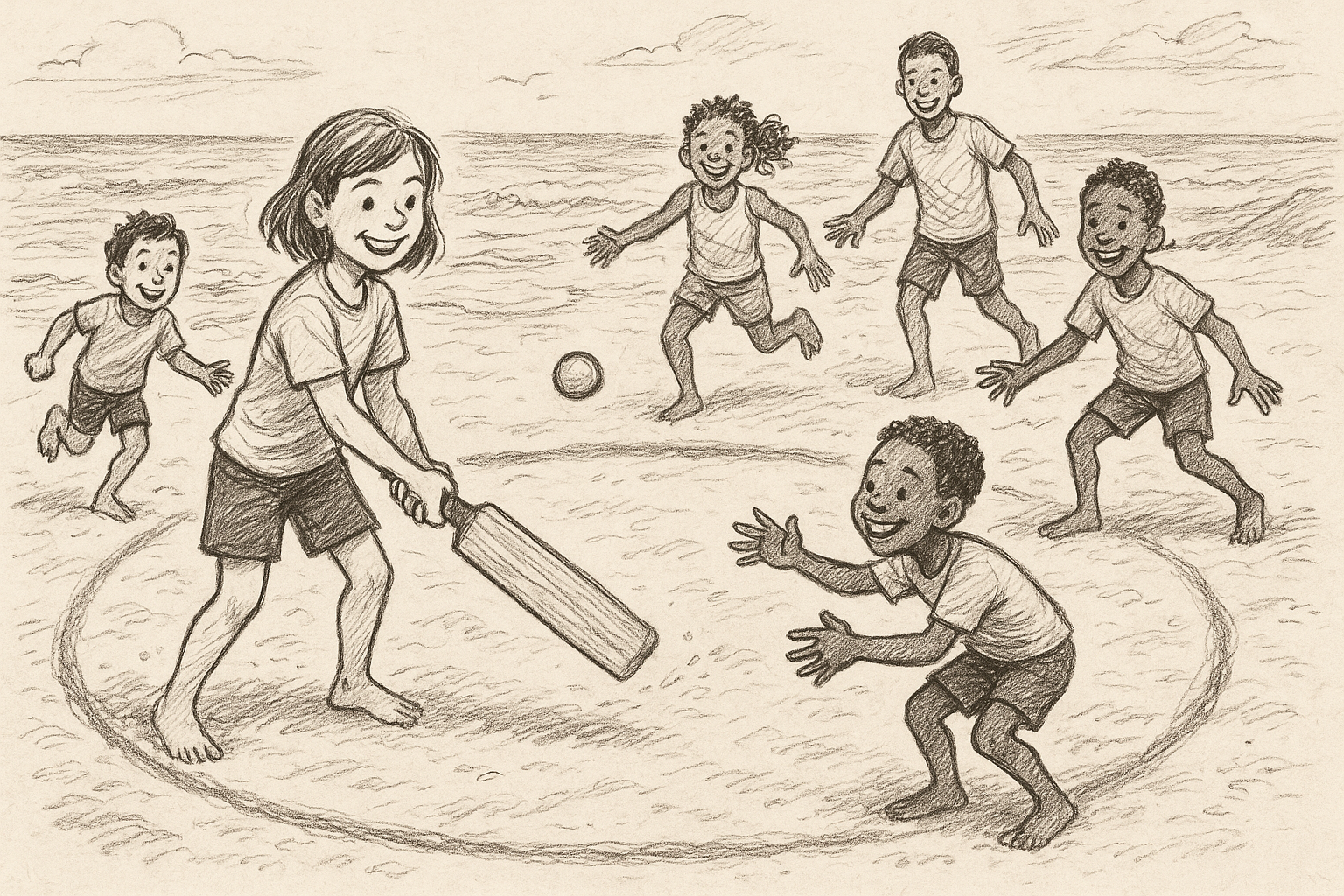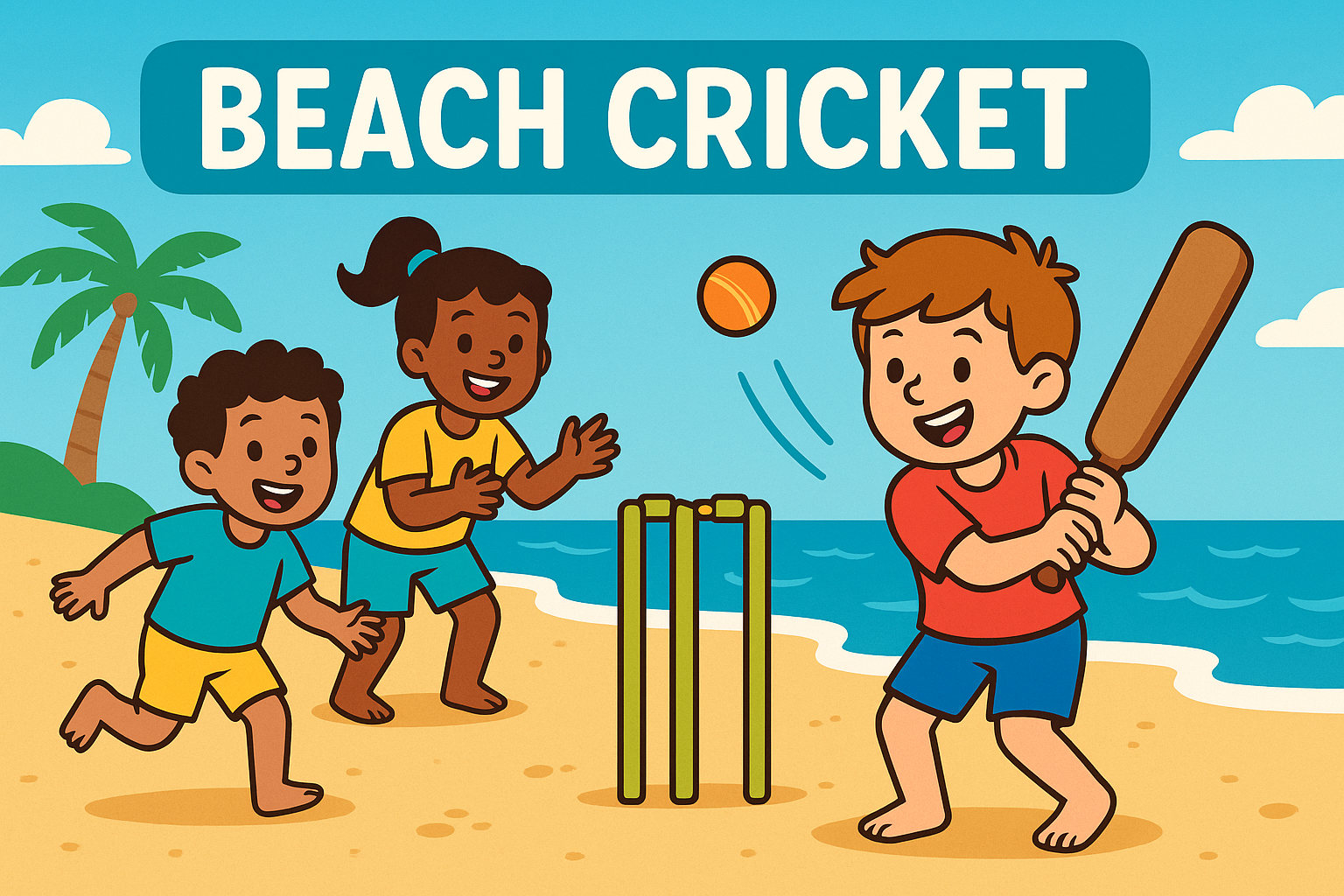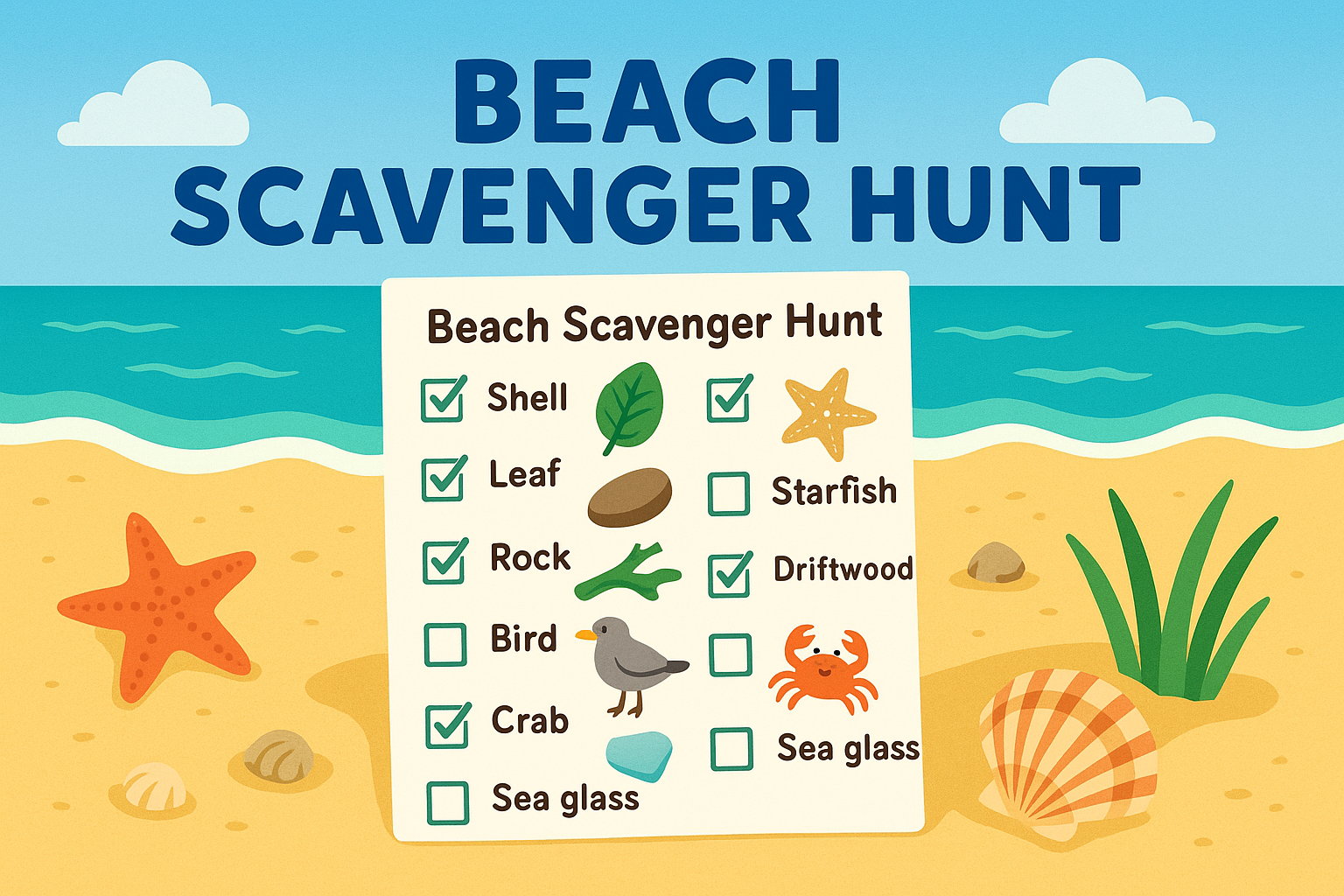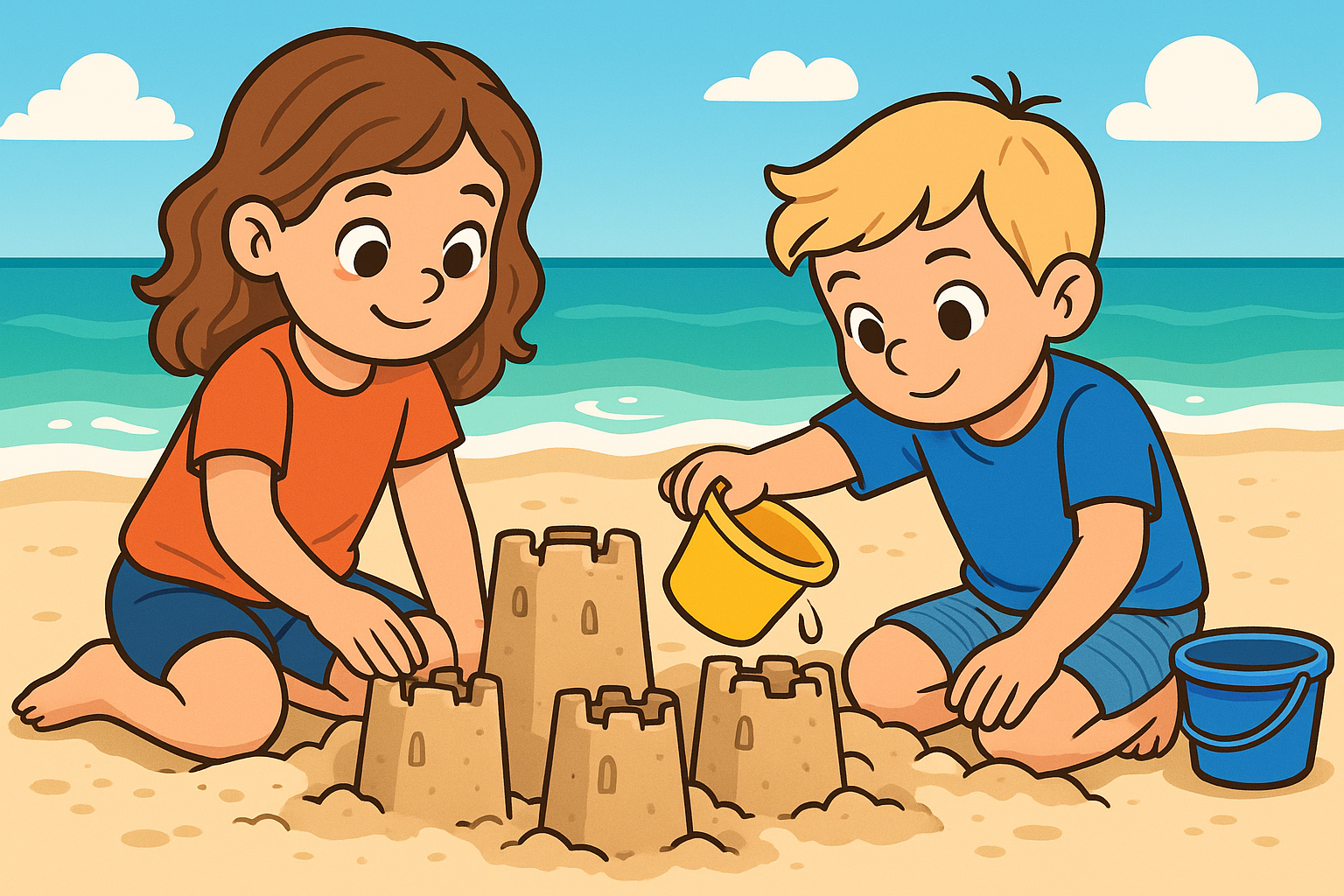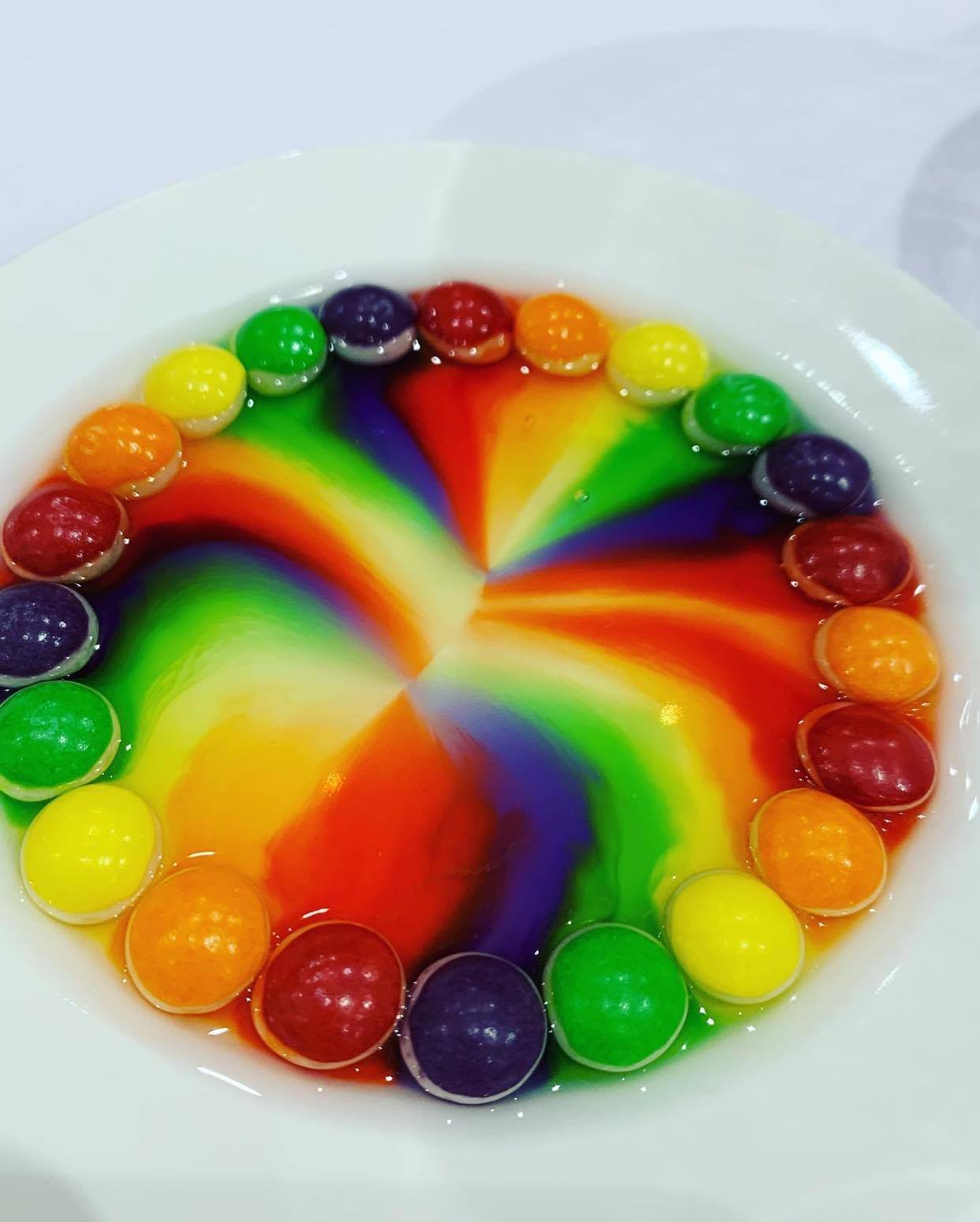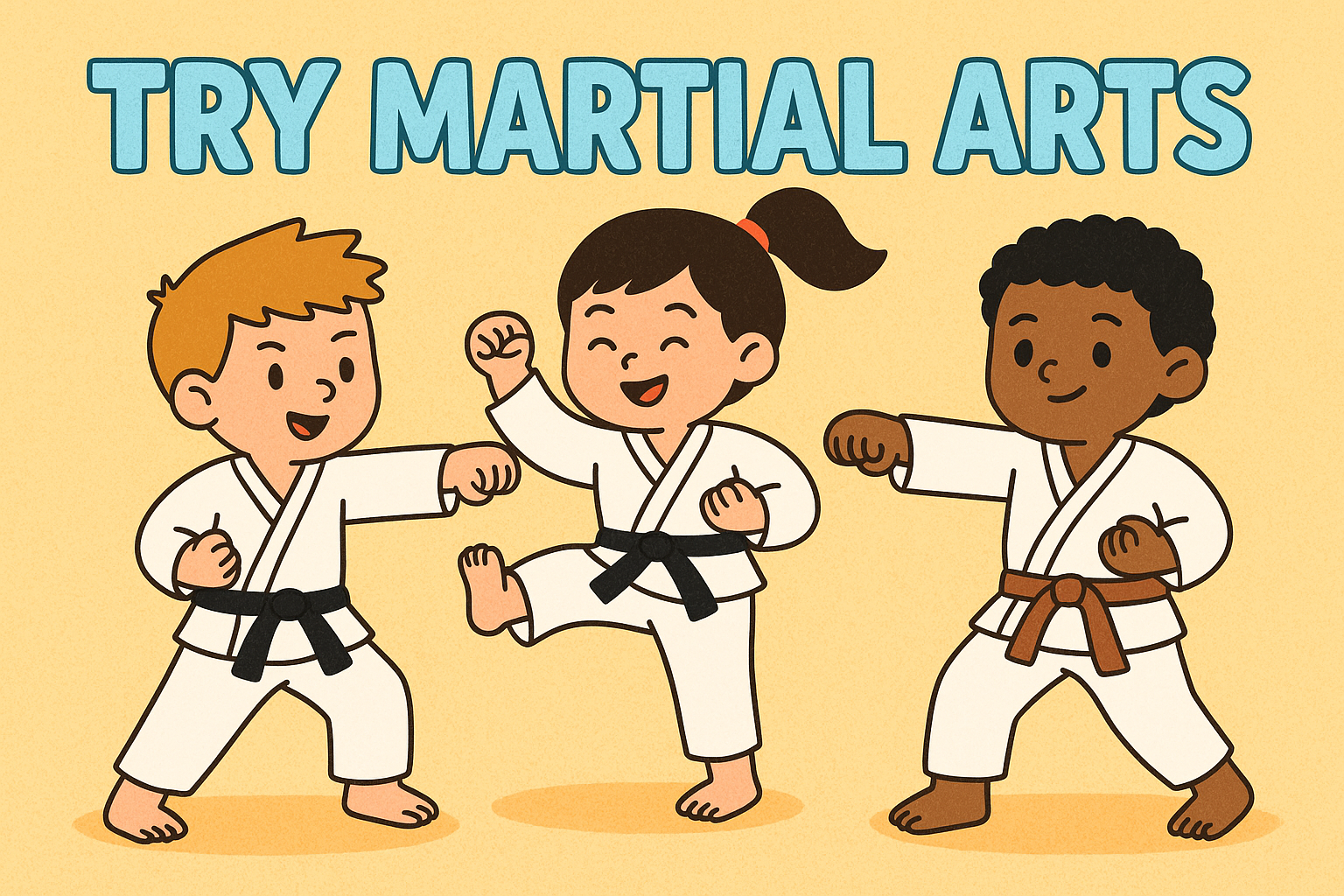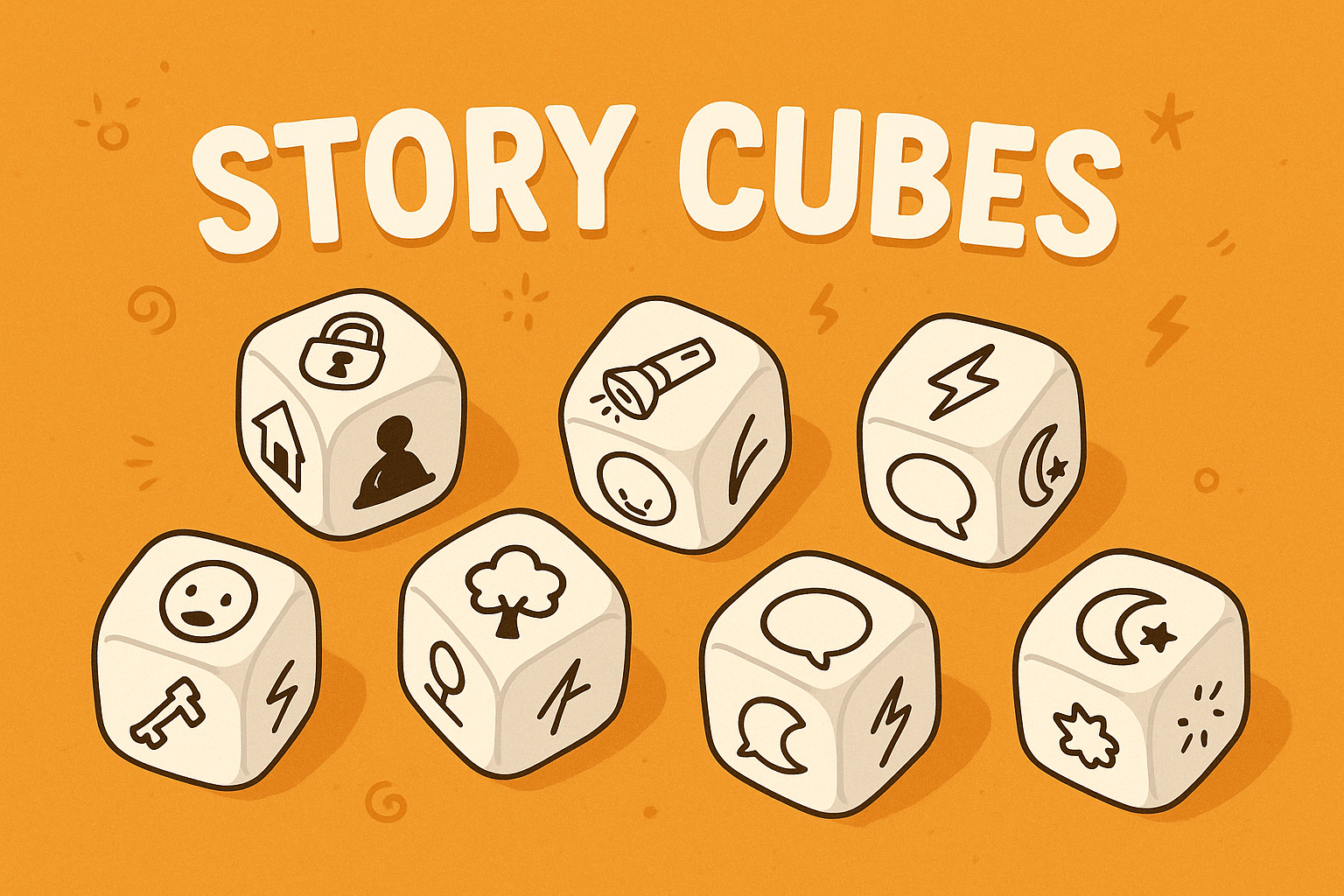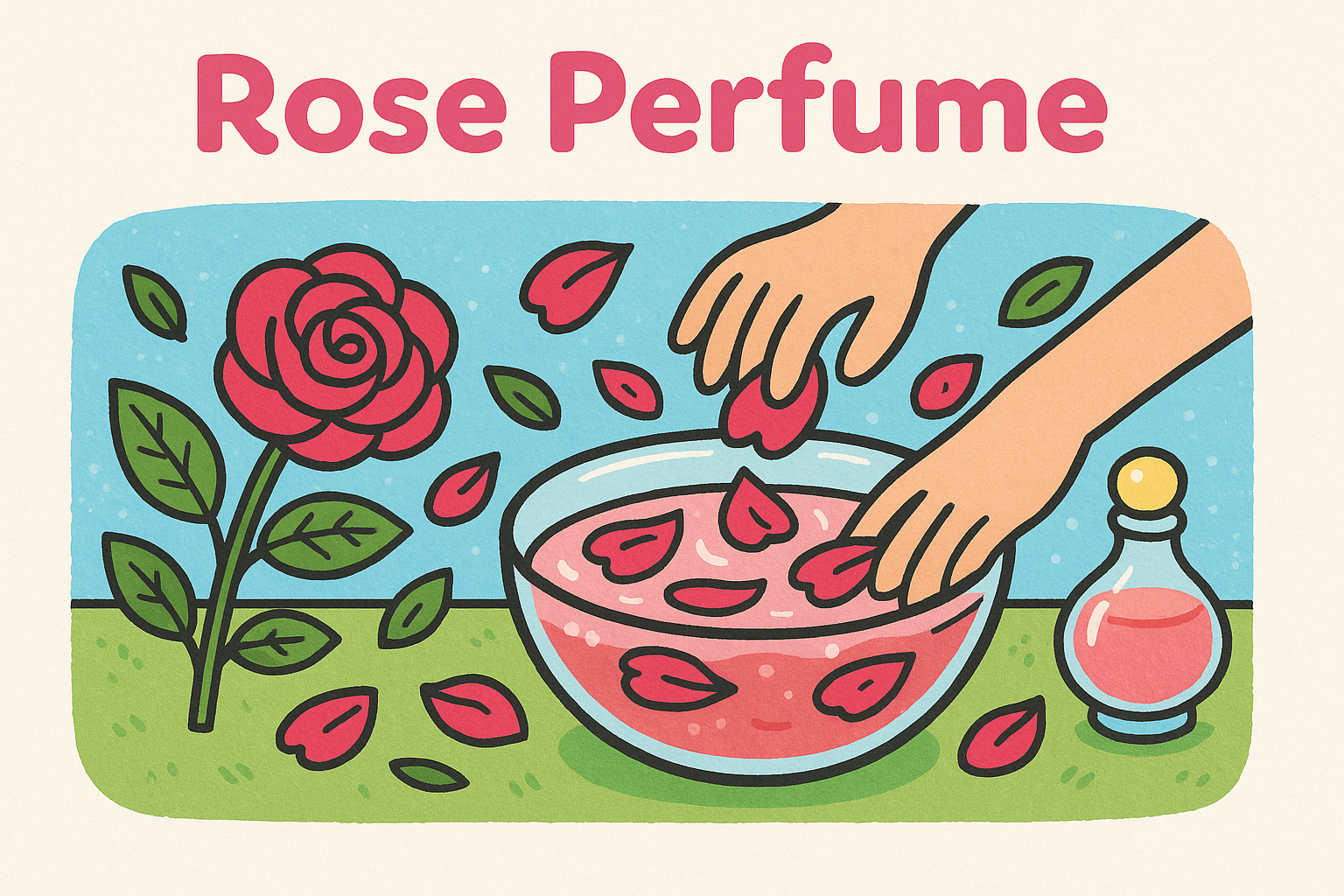Beach Cricket is a brilliant twist on traditional cricket that’s easy to set up and perfect for beach play. Instead of wickets, you simply draw a large circle in the sand. Players take turns batting while others field. If the ball is hit outside the circle without bouncing inside first, the batter is out. If the ball bounces inside the circle before rolling out, the batter scores a point. Getting caught by a fielder also means you’re out!
It’s a fantastic way to practice hand-eye coordination, teamwork, and strategy while keeping the rules simple enough for all ages. Plus, playing on soft sand makes everything just a little sillier—and a lot safer!
Materials Needed
• Lightweight cricket bat or paddle bat
• Soft ball (e.g., tennis ball or foam ball)
• Stumps and bails (optional)
Tools Needed
• None (just a stick, foot, or hand to draw in the sand)
Steps
1. Draw the Circle: Create a large circle in the sand with a stick or by dragging your foot.
2. Explain the Rules:
• If the ball is hit outside the circle without bouncing inside, the batter is out.
• If the ball bounces inside the circle first, the batter scores.
• If a fielder catches the ball before it hits the ground, the batter is out.
• If you’re paying with stumps, the batter is out if the stumps are hit with the ball or bat.
3. Take Turns: One batter at a time, everyone else fields. Rotate after getting out.
4. Keep Score (optional): Award points for successful bounces and see who scores the most before getting out!
